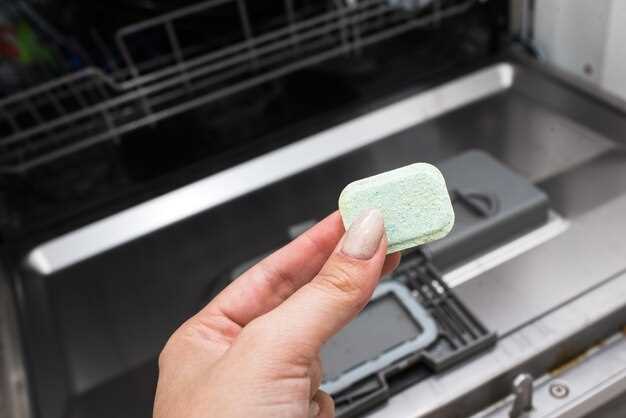
Metronidazole is a powerful antibiotic that needs to be stored properly to maintain its effectiveness. Leaving it out of the fridge can compromise its quality and potency.
Keep your metronidazole refrigerated to ensure that it works as intended and helps you recover from infections quickly and effectively. Don’t take any chances with your health – store your metronidazole correctly!
Importance of proper storage
Proper storage of Metronidazole is crucial to maintain its effectiveness and safety. Storing the medication in the right conditions ensures that it remains stable and does not degrade, which could lead to potential risks when consumed.
Improper storage of Metronidazole, such as leaving it out of the fridge or exposing it to extreme temperatures, can cause the medication to degrade faster than expected. This can lead to a reduction in its efficacy, making it less effective in treating the intended condition.
It is essential to store Metronidazole in a cool, dry place away from direct sunlight and heat sources. Refrigeration may be required depending on the specific instructions provided with the medication.
By following the recommended storage guidelines, you can help ensure that your Metronidazole remains potent and safe for consumption, minimizing any potential risks associated with improper storage.
Potential risks
Leaving Metronidazole out of the fridge can lead to potential risks such as reduced effectiveness of the medication. Exposure to heat, light, and moisture can cause the drug to degrade faster, leading to a loss of potency.
Reduced Efficacy

When Metronidazole is not stored properly, there is a risk that its efficacy may be compromised. This could result in the medication being less effective in treating infections or other conditions for which it is prescribed.
In order to ensure that Metronidazole remains effective, it is crucial to store it according to the manufacturer’s instructions and seek professional advice if there are any signs of degradation.
Signs of degradation

When Metronidazole has degraded, there are several signs to look out for to determine its effectiveness:
| Color change: | The tablets may change color from the original white or yellowish color to brown, black, or green. |
| Texture change: | The tablets may become mushy, crumbly, or unusually hard, indicating a change in composition. |
| Odor: | Metronidazole should not have a strong odor. If it has a foul or unusual smell, it may have degraded. |
| Expiry date: | Check the expiry date on the packaging. If the medication is past its expiration date, it may have degraded in quality. |
Conclusion
It is important to be vigilant and observe these signs of degradation in Metronidazole. Using degraded medication may lead to reduced efficacy and potentially harmful effects. If you notice any of these signs, it is crucial to dispose of the medication properly and seek advice from a healthcare professional.
Actions to take
1. If you notice any signs of degradation in metronidazole, such as discoloration, change in smell, or texture, do not use the medication.
2. Dispose of the degraded medication properly according to local regulations.
3. Contact your healthcare provider or pharmacist for guidance on obtaining a replacement medication.
4. Store the new medication properly in a cool, dark place, following the manufacturer’s instructions.
Seeking professional advice
When in doubt about the condition of your medication, it is crucial to seek professional advice. Contact your healthcare provider, pharmacist, or a healthcare professional to get guidance on whether the medication is safe to use or if it needs to be replaced. They can provide you with the best course of action to ensure your health and safety.
